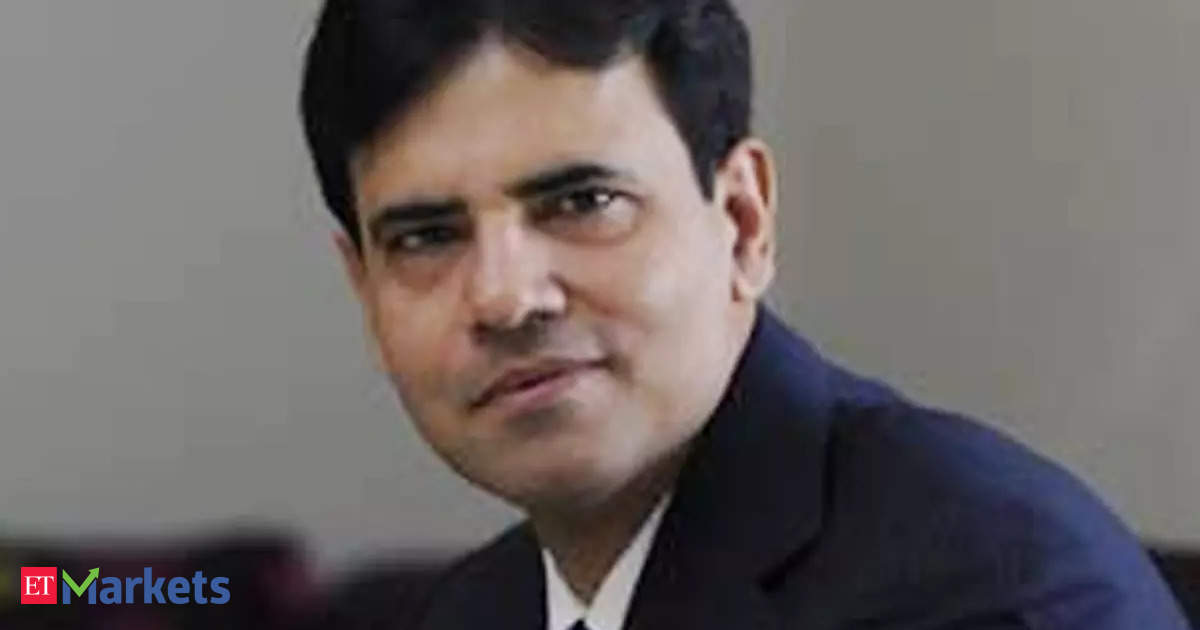I look Bajaj Finance Just from a different perspective and let’s spend some time on it. Here’s a HFC which was incubated in 2017-18. It is not like the old legacy business of Bajaj Group. It is growing at a rate of over 25%, which is double the industry average. And being a Bajaj Group As far as the company is concerned, they will have an advantage in terms of cost of liabilities. So do you think that now, for many investors, this will become the go-to stock in terms of owning an HFC rather than buying these small HFCs here and there, which are backed by private equity and where private equity investors want to sell their shares and they get the benefit? Stick with this one, because it is from Bajaj Group. It is growing. And it is now the second largest in India after LIC.
Sandeep Sabharwal: This is true due to the fact that the Bajaj Finance It has shown that it has the ability to grow much faster than the industry at large. Now, Bajaj Finance, as the core business of the parent, has more concerns because a lot of the loans tend to be small amounts or unsecured etc. So, at a time when there are growing concerns about possible rise in NPAs, they might be more worried. But housing finance tends to be a fully secured business. And as such, the concerns about NPAs are less. So, what you are saying could become true, i.e. this could become a preferred stock at a later date.I want to go back to that good old correlation. The weakness in dollar index translates into strength for commodities, but so far that trade has not materialized. Is there any particular reason why raw materials Don’t they go up when the dollar index goes down?
Sandeep Sabharwal: It is all about China, because China determines what happens with commodity prices and the Chinese economy has been showing weaker and weaker trends. There is no growth pick-up happening. There is no inflation pick-up happening at all in China. Their monetary policy has been very loose, despite which they have not been able to revive the economy. And when a country that consumes 50% to 60% of most industrial raw materials, chemicals, etc., is not growing or showing a downward trend, there is no way for commodities to show an upward movement regardless of the correlation with the dollar. So, I think at the moment it is more about what is happening in China than what is happening with the US dollar.I am going to build a scenario where the fear of growth returns globally. India does better, but liquidity continues, be it domestic liquidity, be it DII, insurance or HNI. So when global fear returns and commodities fall, Nasdaq and tech fall as well, and in India liquidity is strong, do you see a strong sector rotation that could be at play?
Sandeep Sabharwal: I think the concern is bigger and not as much discussed about what I said earlier about the huge supply that is coming in. I don’t think that the markets, regardless of liquidity, have the capacity to absorb the kind of supply that is coming in. Secondly, we have been somewhat resilient to most of the global downturns. So if you look at a lot of the Asian indices, they are now actually in the negative year to date, whereas we are still at a positive level of 15 percentage points and that has taken our valuations much higher than most other emerging markets. So, at some point, valuations also become a concern for the market. So, I think we should proceed cautiously in the short term while looking for opportunities to invest for the long term because if the economy grows by 7%, then obviously there will be a lot of companies and sectors that will do well. But in the short term, I think we should be worried.
I also wanted to talk about the energy sector, as Goldman Sachs is talking about the ALMM Bill for solar cells. It is a very positive move for companies like Tata Power and Reliance. Also, it means that the government is committed to self-reliance. I am curious to know what you think about this.
Sandeep Sabharwal: I haven’t gone into what you said in depth, but the only thing I can say from analyzing what is happening in the solar sector is that the biggest players will be the ones that could survive the potential price war that will eventually occur.
If you look at the number of people that are doing solar manufacturing and the kind of supply that is building up, I think within the next year or two we could potentially have a scenario where there is a massive oversupply at home and to that extent the biggest players will be the ones that can survive this onslaught that is coming.
Disclaimer:
The information contained in this post is for general information purposes only. We make no representations or warranties of any kind, express or implied, about the completeness, accuracy, reliability, suitability or availability with respect to the website or the information, products, services, or related graphics contained on the post for any purpose.
We respect the intellectual property rights of content creators. If you are the owner of any material featured on our website and have concerns about its use, please contact us. We are committed to addressing any copyright issues promptly and will remove any material within 2 days of receiving a request from the rightful owner.

